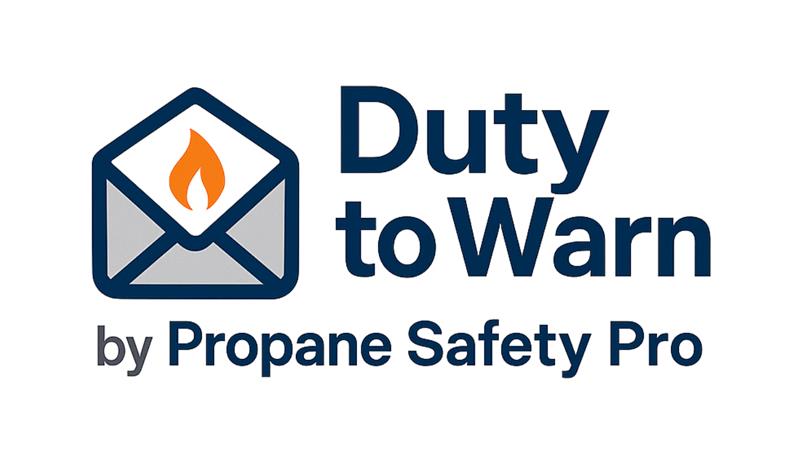Strategies for Effective Workforce Management

Businesses Management often find themselves grappling with the challenge of placing highly qualified candidates in key positions, a task further complicated by the prevailing skilled labor shortage. Currently, this is a global concern, with 83 percent of businesses worldwide struggling to find workers possessing the requisite skill sets.
The ramifications of a workforce skills shortage are profound and have the potential to strain resources, leading to detrimental consequences for both short-term operations and the long-term viability of a business. Fortunately, there are strategic approaches to address this pressing issue and achieve effective workforce management.
1. Skill Development Initiatives for Existing Employees
Proactively addressing skill gaps within the organization involves launching comprehensive training initiatives for existing employees. This may entail in-house training sessions, where knowledgeable employees share expertise, enhancing the value of the workforce without significant time and financial investments. Alternatively, incentivizing employees to pursue external training programs can also yield positive results, attracting talented individuals while ensuring industry-standard qualifications.
2. Leveraging Transferable Skills
An often-overlooked solution involves assessing the current workforce for underutilized skills that could be applied differently. By recognizing transferable skills, companies may discover untapped potential within their existing talent pool. For instance, an employee with a sales background could effectively contribute to marketing efforts, showcasing the importance of adaptability in optimizing workforce skills.
3. Rethinking Recruitment Strategies
In times of skills shortages, re-evaluating recruitment practices becomes essential. Embracing a more flexible approach, companies can consider applicants with 80 percent of the required skills and invest in their growth. Alternatively, hiring candidates with the necessary skills but less experience can diversify the talent pool, bringing in motivated individuals who align with the company’s goals.
4. Strategic Collaboration with Educational Institutions
Establishing partnerships with local or national educational institutions provides a strategic solution. This collaborative effort ensures a fresh supply of skilled graduates while offering opportunities for apprenticeships, co-op work placements, and internships. By engaging with educational facilities, businesses not only secure potential workers but also contribute to shaping the future workforce.
5. The Power of Contingent Workers
An increasingly popular and pragmatic approach to addressing skills shortages is the utilization of contingent workers. Freelancers, consultants, and contractors offer businesses flexibility, expertise, and cost-effectiveness. With the contingent workforce continually expanding, companies can tap into a diverse pool of skilled professionals to meet their project-based needs without the constraints of traditional hiring models.
The challenges posed by a skills shortage necessitate strategic thinking and innovative workforce management practices. By implementing these five strategies, businesses can navigate the complexities of talent acquisition, adapt to evolving skill requirements, and ensure sustained growth even in the face of a competitive and dynamic job market.














